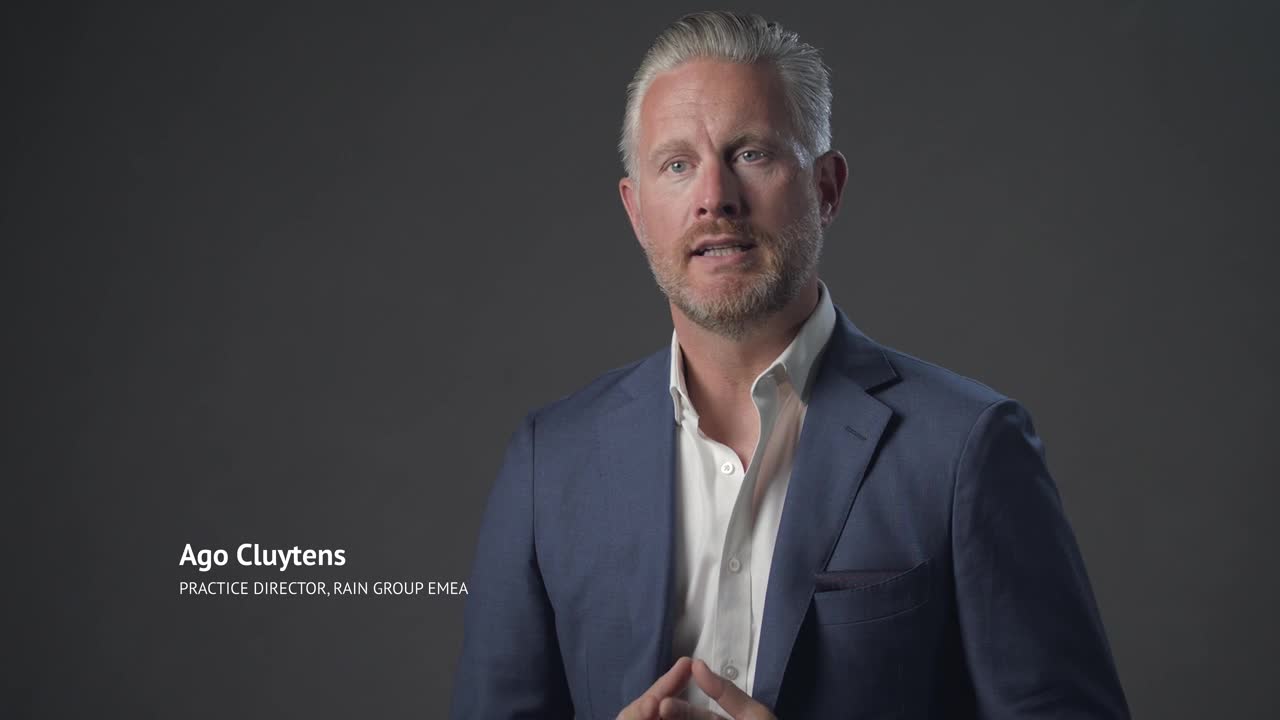When sellers lose a sale, we often hear something like:
- The other vendor had an in.
- Our competitor offered a lower price.
- We didn’t have the best solution.
- They decided to do nothing at all.
Buyers might even be polite and tell sellers they had no chance and why.
However, whether the seller knows it or not, they often lose because they're simply outsold. Their competitors blew the buyers away with value and energy, and they did not.
In cases where sellers lose to "no decision," it's often because the seller didn't do enough to drive their agenda to the top of the buyer's to-do list.
In both situations, the seller did, in fact, have a chance, but they didn't do (well) enough to win the sale.
In our research, The Top-Performing Sales Organization, we found that the top 20% of sales organizations (Top Performers), on average, win 62% of opportunities they propose or quote on.
Everyone else? They win only 40% of their opportunities. In other words, the majority of sales organizations report that they lose more often than they win.
To increase your win rate with the sales that really matter, you need to increase your Pursuit Intensity.
What is Pursuit Intensity?
One of the most common mistakes sellers make is approaching every opportunity with the same Pursuit Intensity. Sellers often give the same amount of effort to, say, a $1,000,000 opportunity as they would a $200,000. They ask questions, they propose, they present, they win or lose.
However, if sellers make better decisions about which opportunities are truly worthy of increased investment time, they'll find themselves winning more of them, and will make a lot more money for themselves and their organizations.
Using the FAINT qualification model, you'll know whether or not you should pursue an opportunity in the first place. Once you do, you have to decide how hard to go after it. You have to dial up (or down) your pursuit intensity to the right level.
Pursuit Intensity defined: The amount of energy and effort you're willing to put into a sales opportunity. For each opportunity you pursue, you'll want to define on a scale of one to five (five being the highest and one being the lowest) how much you're willing to invest to win.
Not doing so is likely to result in a lot of wasted energy, effort, and focus.
Watch this video to learn how to qualify opportunities and define your pursuit intensity using the CARE framework.

CARE Qualification Framework
We recommend you evaluate and identify the Pursuit Intensity of each opportunity using the CARE framework:
- Competitive position
- Attractiveness
- Relationship strength
- Effort to win
Do so, and it'll be eminently clear that some opportunities are worthy of more energy and effort than others.
Competitive Position
Competitive position is all about where you stand vis-à-vis your competition. Do you have a relationship with some, but not all, of the buying team? Are you early or late to the party? Are you an incumbent? Do you have strong, established relationships with key decision-makers?
The stronger your competitive position, the higher up the scale the opportunity will move.
Attractiveness
Attractiveness has several key categories to consider:
- Logo attractiveness: Is this a logo you want that will attract other, similar businesses? Is this the kind of firm and industry you want to be going after for strategic reasons?
- Decision timing: Is a decision going to be made in the short-term or only "later"? Is the timeframe for the decision set or flexible? Is there an "impending event"?
- Growth potential: Is there significant growth potential in this company, meaning additional future demand for your products and services? Are you likely to be able to retain this client for years to come? Could you expand into different business units, geographies, or buying centers?
- Profitability: What is the profitability, or the margin, from this particular deal or opportunity? Is there an attractive recurring revenue stream?
Relationship Strength
Relationship strength relates to your relationship with the buyers. Where do you fall on the continuum between a true partner (trusted partner) versus a pair of hands (supplier)?
Effort to Win
Effort to win is just that. How much effort is it going to take to win this sale? Effort comes in the form of time (spending it here versus other opportunities), financial investment you need to make, and resources you may need to tap to win the opportunity.
Most sellers spend a lot of time chasing opportunities that are going nowhere, and not spending enough time on those that are must-win.
It’s often said (and it's often true) that it takes nearly as much effort to win a $15,000 opportunity as it does to win a $150,000 one. But sometimes it doesn’t. Sometimes it’s different, and you need to do more.
Whatever a big number is for a single opportunity for you, a $150,000 or $1,500,000 deal might make or break your month or quarter. If you want to win, sometimes you need to dial up the energy and simply outsell your competition.
Using CARE, you can free up valuable time to focus on the opportunities that matter most and watch your win rates soar.






